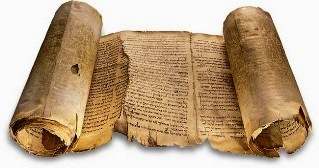Questions for Bible study groups
- What was the house of Jesus, Mary and Joseph like?
- Describe the basic lay-out of a house in ancient Nazareth.
- Houses in ancient Nazareth used far fewer resources than modern houses. What would have been the advantages/disadvantages of a Nazareth house?
Houses in ancient Nazareth were made with a rough stone foundation and mud-bricks made on site. A minimum of wood was used in the roof structure: wood was expensive. The houses in Nazareth were probably single storey, simple and small.
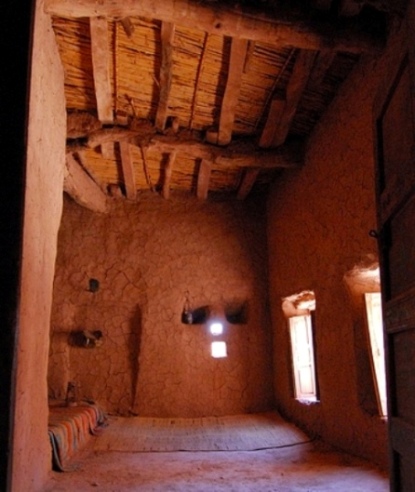 Though a house might have been drab on the outside, inside it was cool, comfortable and pleasant. It was much larger inside than it seemed from outside. At right is the interior of a mud brick house at Ait Benhaddou in Morocco; it is similar to 1st century AD houses in Nazareth.
Though a house might have been drab on the outside, inside it was cool, comfortable and pleasant. It was much larger inside than it seemed from outside. At right is the interior of a mud brick house at Ait Benhaddou in Morocco; it is similar to 1st century AD houses in Nazareth.
There was a central paved courtyard with an open drain at the centre, so the stones could be rinsed clean and would not flood with rain. Inside and out the walls were covered with plaster, flattened with a smooth stone.
A house may have been one or two-roomed, but it had everything the family needed. There was a raised platform at one end, where they sat and slept on cushions and mats. Usually they ate your meals outside under an awning, but if it was too hot or was raining, they ate inside. The room was stuffy by modern standards because the windows were small, covered with lattice or shutters.
Outside on the street there was little traffic. They were too narrow for carts, and even a donkey carrying a bulky load might block them. People avoided the sun and hugged the shadows of the walls. Two or three times a day a flock of noisy boys invaded the streets on their way to the synagogue, where they went for their lessons in Torah.
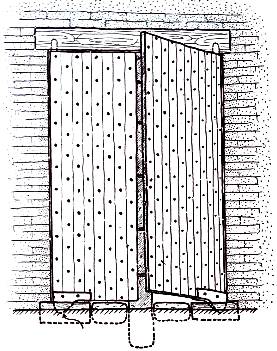 The foundations of a house were stones roughly squared and piled one upon another (see the photograph of the recent house excavation in Nazareth, further down page). These foundations gave some stability to the house, and it needed all the stability it could get. Earthquakes sometimes happened, and the walls of the house, being mud brick, required constant repair. Maintenance of the mud brick surface was a continuing task for the householder.
The foundations of a house were stones roughly squared and piled one upon another (see the photograph of the recent house excavation in Nazareth, further down page). These foundations gave some stability to the house, and it needed all the stability it could get. Earthquakes sometimes happened, and the walls of the house, being mud brick, required constant repair. Maintenance of the mud brick surface was a continuing task for the householder.
There were few windows in the house, and even those were small and high in the wall – to bar the entry of any intruder. In summer these windows were covered with a lattice cover or with wooden shutters; in winter with thick woolen matting. This kept the house cool in summer and warm in winter.
The courtyard and the roof were important parts of the house, used for tasks that needed good light – such as spinning and weaving, and food preparation. The flat roof area might also be used for sleeping, or for drying food or textiles (see the story of Rahab the prostitute). In earlier times the roof may also have been used for bathing – Bathsheba was probably bathing on the flat roof of her house when she was seen by King David (for more on this famous act of voyeurism, go to Bathsheba, her story).
In recent (2009) excavations in Nazareth, a house from the 1st century AD was discovered. A CNN article from December 21, 2009 says:
Archaeologists in Israel say they have discovered the remains of a home from the time of Jesus in the heart of Nazareth. The Israeli Antiquities Authority said the find “sheds light on the way of life at the time of Jesus” in the Jewish settlement of Nazareth, where Christians believe Jesus grew up. The find marks the first time researchers have uncovered the remains of a home in Nazareth from that time period, the Israeli Antiquities Authority said in a statement.
“The building that we found is small and modest and it is most likely typical of dwellings in Nazareth in that period,” Yardenna Alexandre, excavation director for the authority, said in the statement. “Until now a number of tombs from the time of Jesus were found in Nazareth; however, no settlement remains have been discovered that are attributed to this period.”
Christians believe that Mary, the mother of Jesus, lived in Nazareth with her husband, Joseph. They believe Mary was in Nazareth when the angel Gabriel revealed that Mary would give birth to the son of God, a baby to be named Jesus.
A number of burial caves that date to the early Roman period also were discovered close to the inhabited area during the excavations, the authority said.
The discovery was made in the modern city of Nazareth during an excavation in advance of construction of the International Marian Center of Nazareth, which will illustrate the life of Mary.
An association in Nazareth plans to conserve and display the home’s remains in the center. It will be built next to the Church of the Annunciation, which stands on the spot where Catholics believe Mary once lived. The Church of the Annunciation is in the heart of Nazareth, above an older church and atop the ruins of a church from the Byzantine period. In the middle of these churches is a cave that was believed in antiquity to be the home of Jesus’ family. Researchers found storage pits and cisterns in the compound of the Church of the Annunciation, many of which date to the time of Jesus, Israeli archaeologists said.
In the excavation, a large, broad wall that dates to the 15th century was exposed. It was constructed on top of and used the walls of an ancient building, the statement said.
This earlier building — the one that dates to the time of Jesus — consisted of two rooms and a courtyard in which a rock-hewn cistern collected rainwater. Few artifacts were recovered from inside the building — mostly fragments of pottery vessels from the first and second centuries.
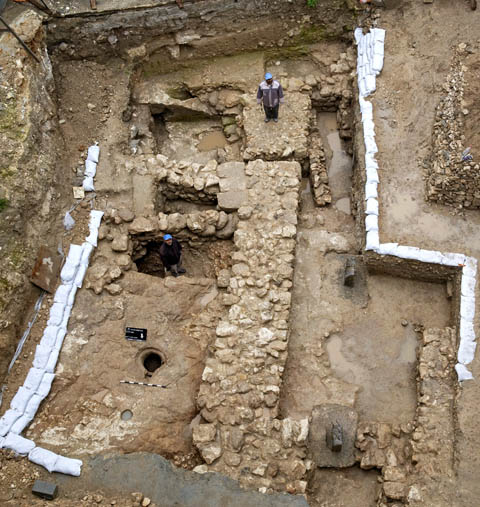
Excavations at the site of an ancient house in Nazareth
Also, researchers found several fragments of chalk vessels, which were used by Jews in this period because such vessels were not susceptible to becoming ritually unclean, researchers said.
Another hewn pit, whose entrance was apparently camouflaged, was excavated and a few pottery fragments from the early Roman period were found inside it.
“Based on other excavations that I conducted in other villages in the region, this pit was probably hewn as part of the preparations by the Jews to protect themselves during the great revolt against the Romans in [A.D.] 67,” Alexandre said.
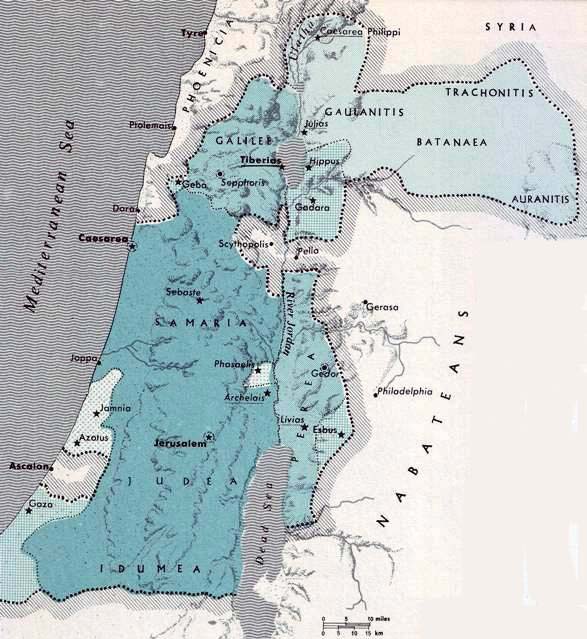
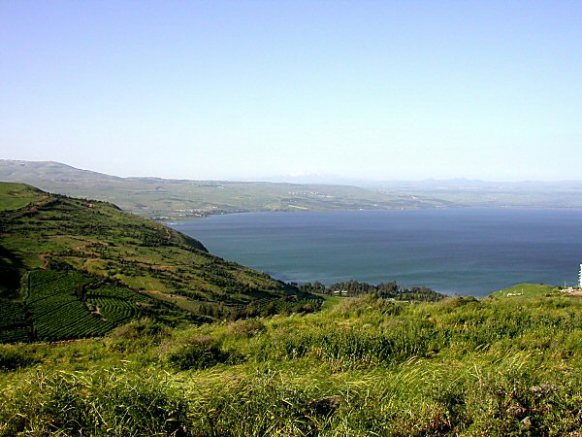
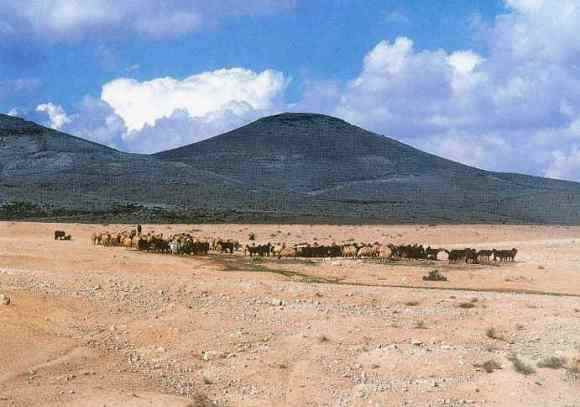
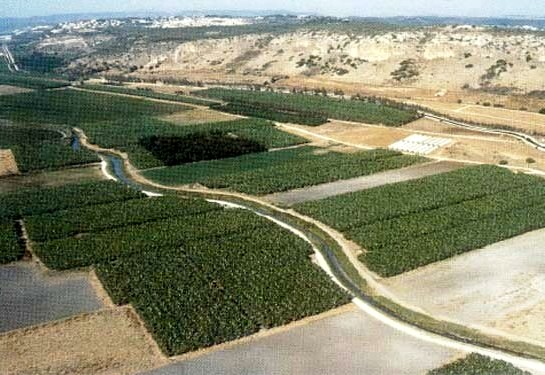

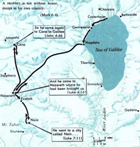
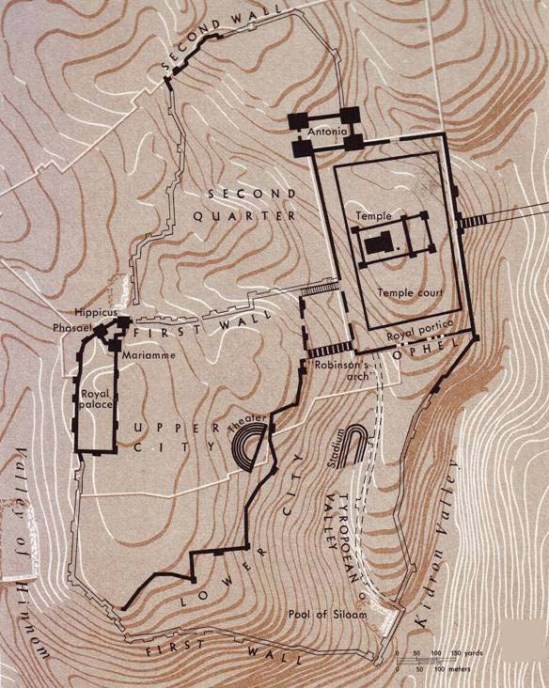
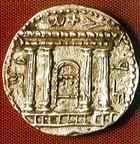 He also built a theater in the part of the city inhabited by wealthy Hellenizers, raised an inner wall to protect the Upper City, and strengthened the North Gate in the Second Wall. South of the Temple Mount he built a stadium, probably in the Tyropoean valley.
He also built a theater in the part of the city inhabited by wealthy Hellenizers, raised an inner wall to protect the Upper City, and strengthened the North Gate in the Second Wall. South of the Temple Mount he built a stadium, probably in the Tyropoean valley.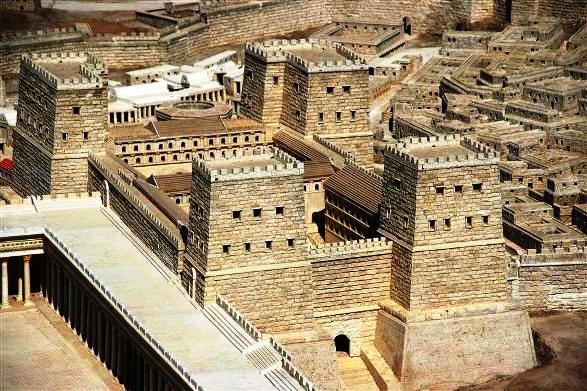
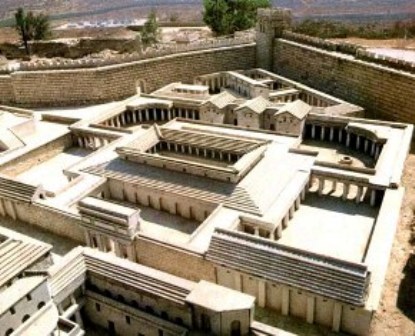
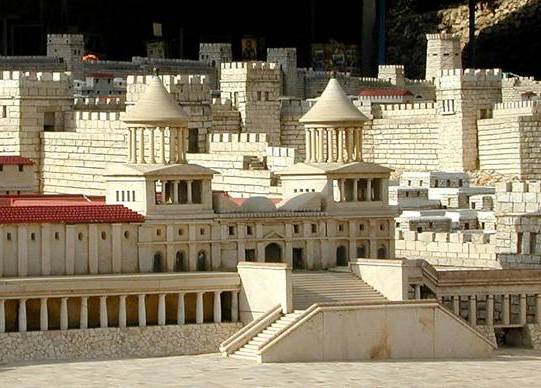
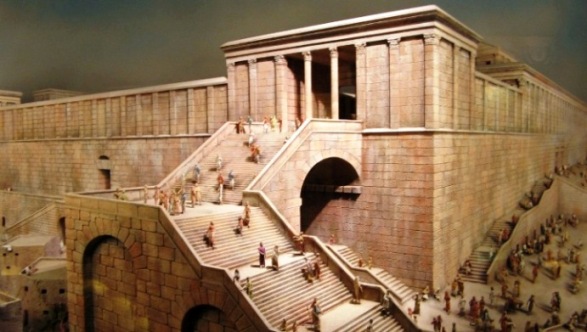
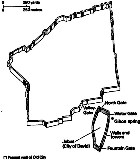

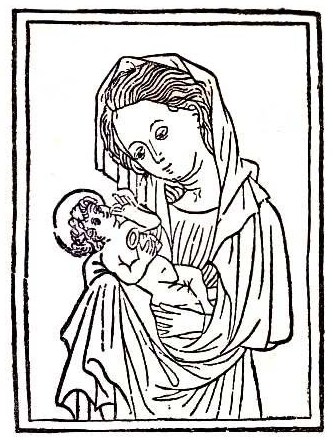
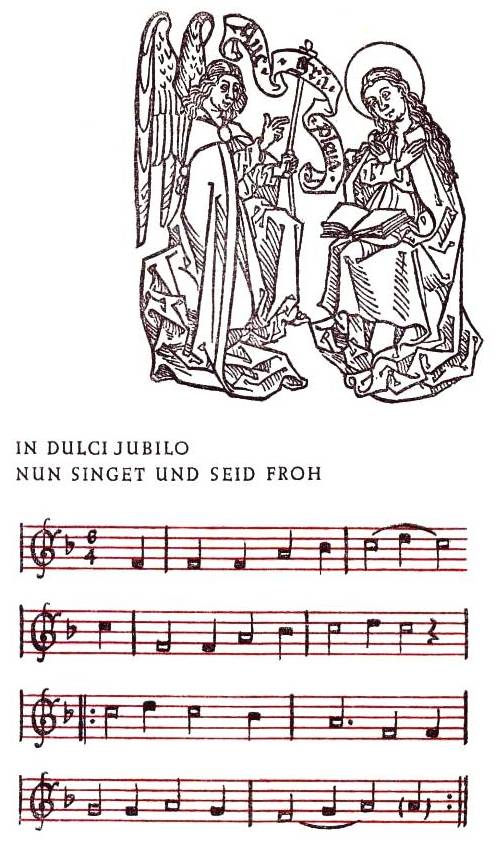
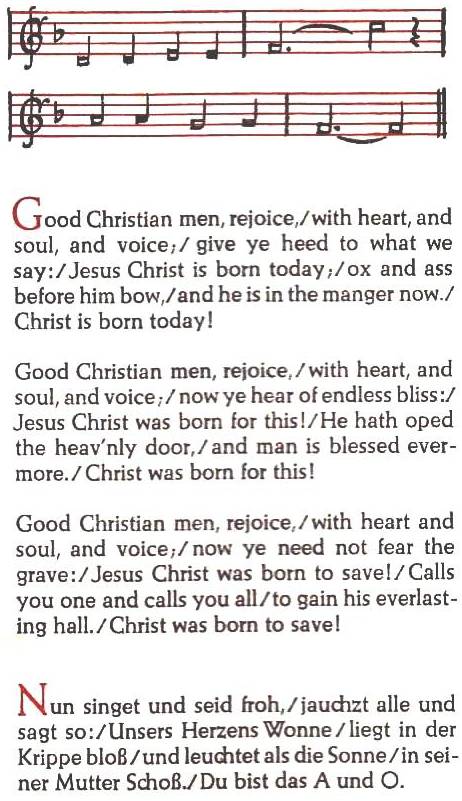
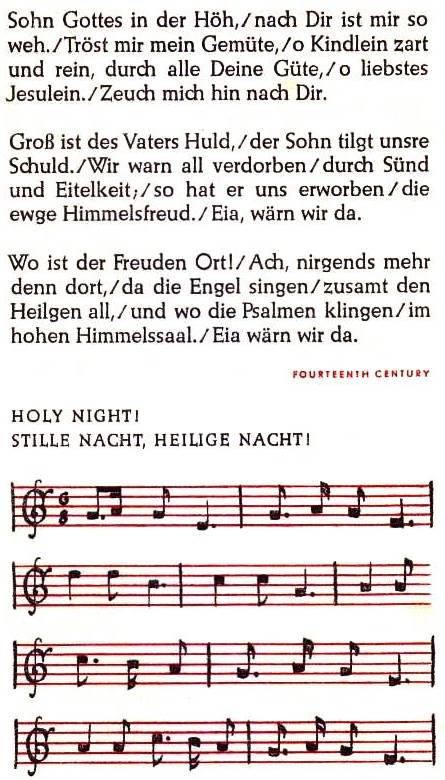
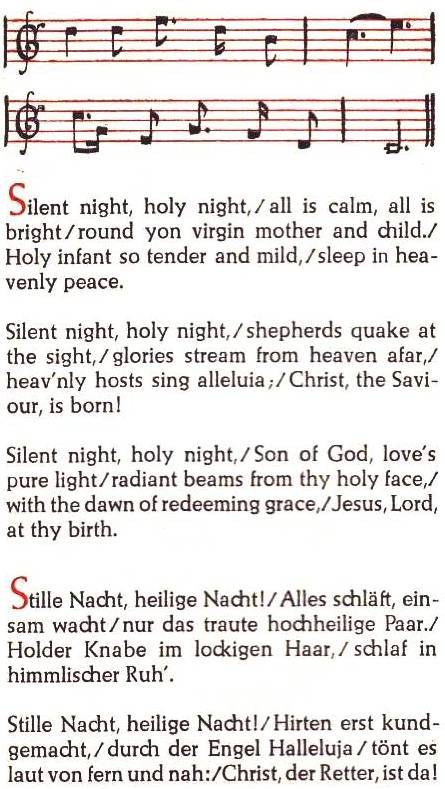
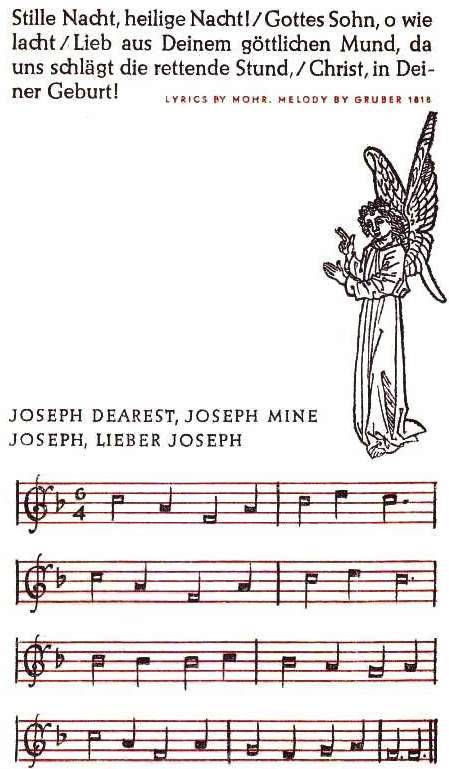
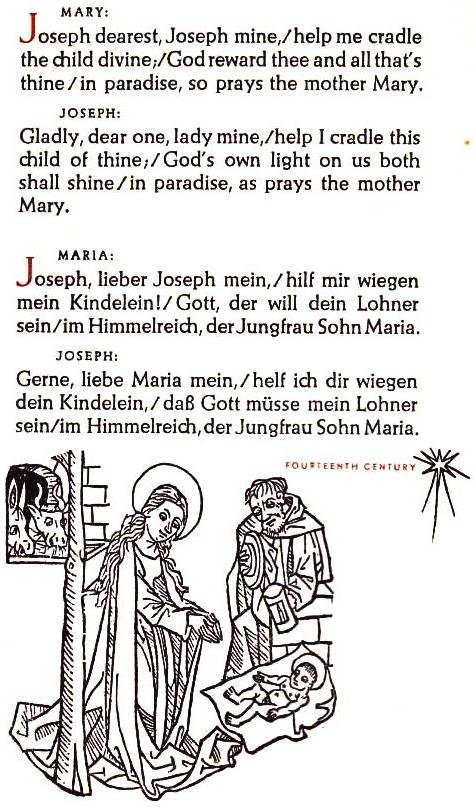
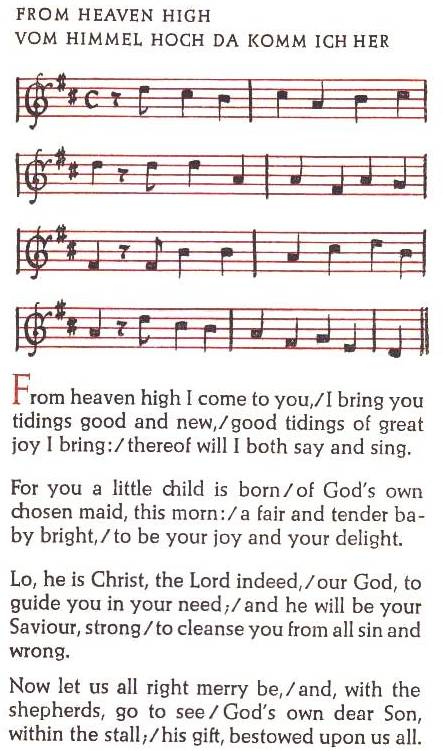
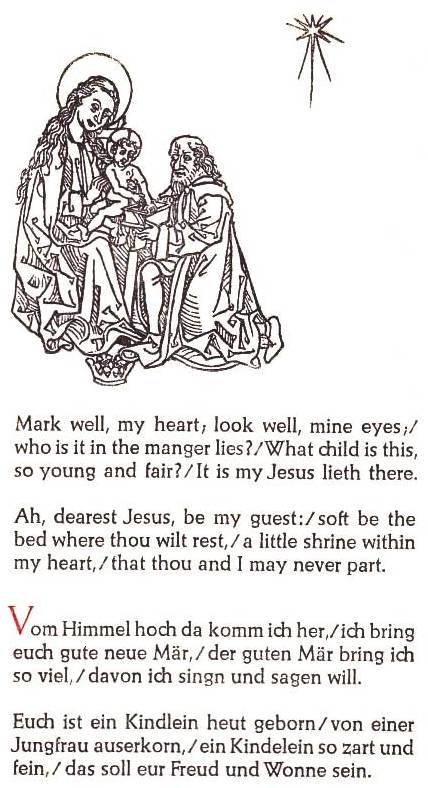
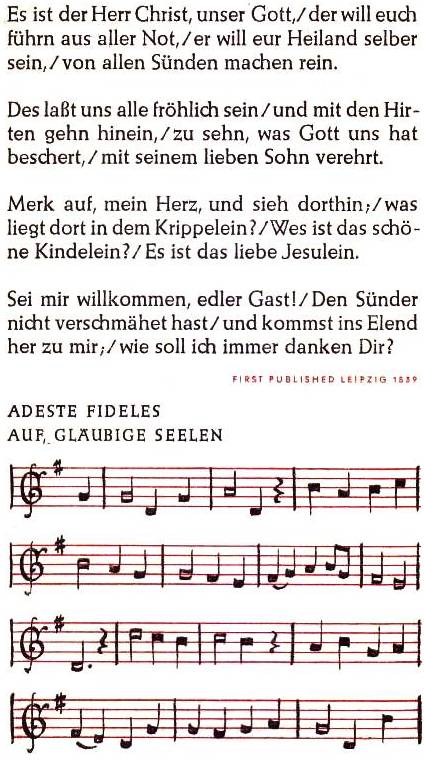
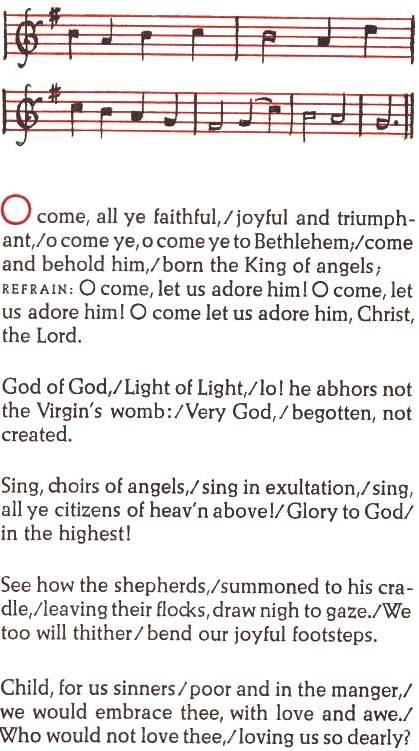
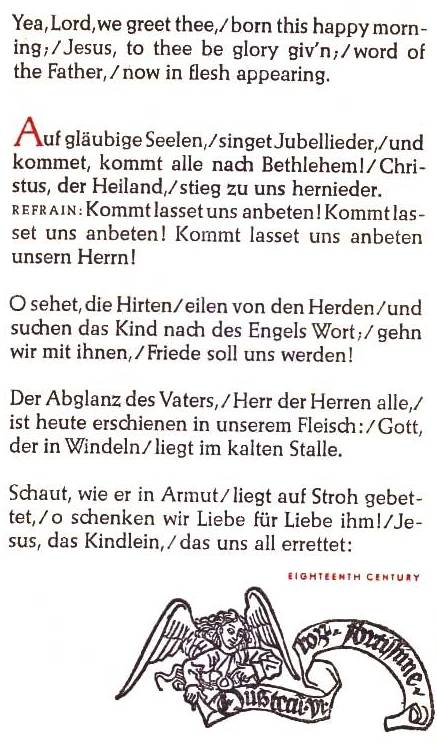
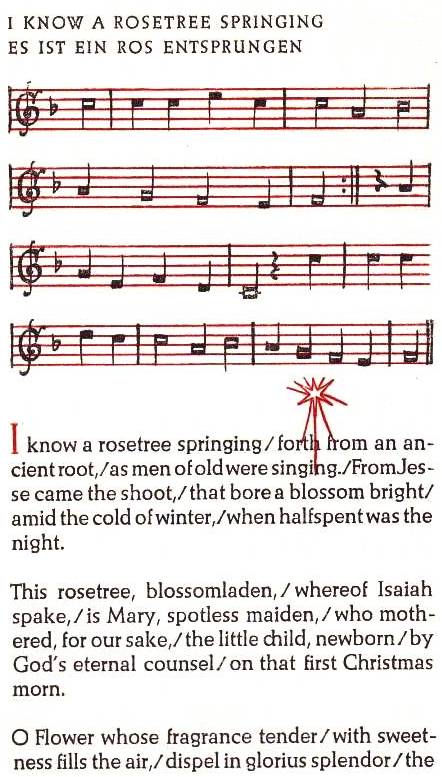
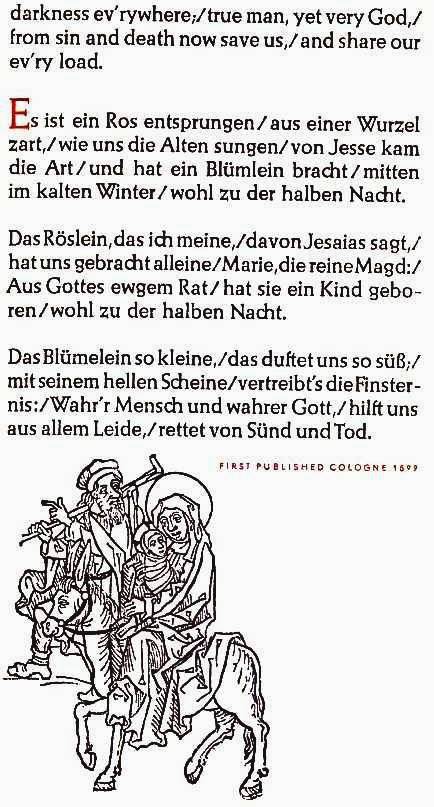



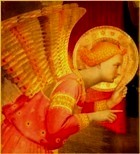

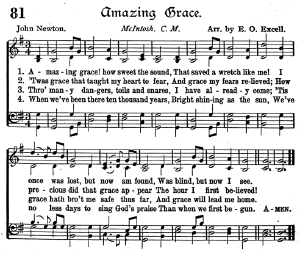 Amazing Grace
Amazing Grace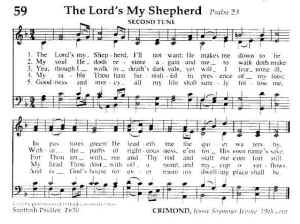
 Yea, though I walk in death’s dark vale,
Yea, though I walk in death’s dark vale,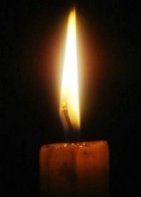
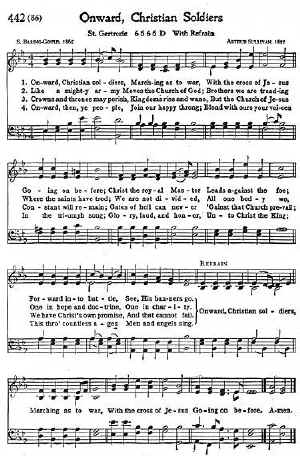 At the sign of triumph Satan’s host doth flee;
At the sign of triumph Satan’s host doth flee;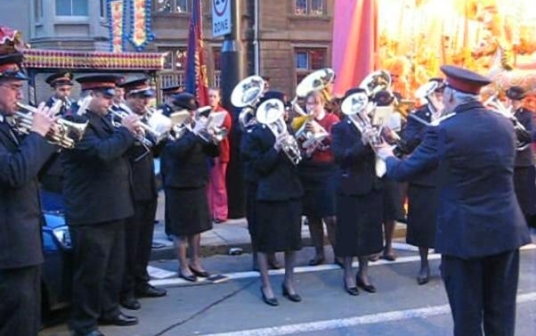
 Silent Night
Silent Night Silent night, holy night!
Silent night, holy night!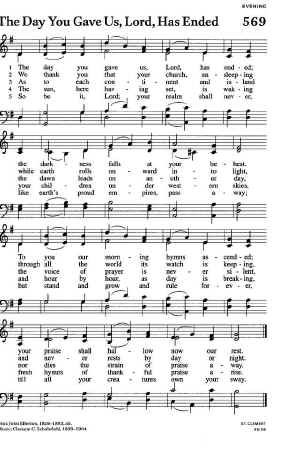 The day Thou gavest, Lord, is ended,
The day Thou gavest, Lord, is ended,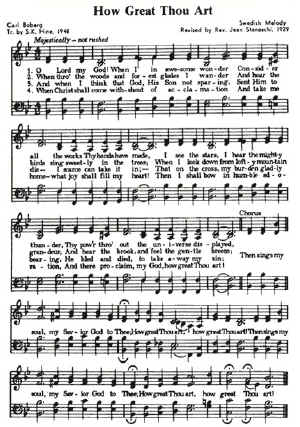
 He bled and died to take away my sin Refrain
He bled and died to take away my sin Refrain
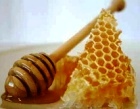
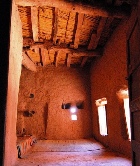
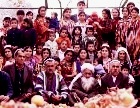
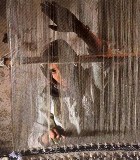
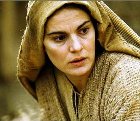
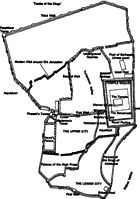


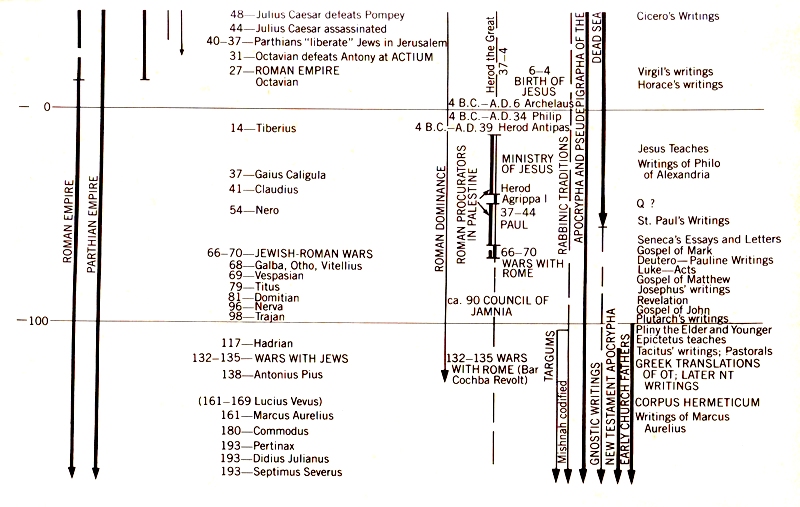
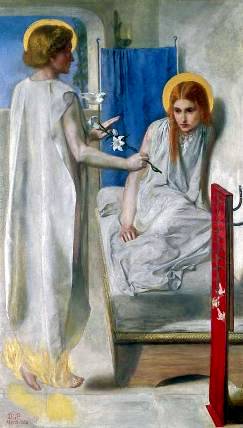 ‘In the sixth month the angel Gabriel was sent by God to a town in Galilee called Nazareth….’ Luke 1:26
‘In the sixth month the angel Gabriel was sent by God to a town in Galilee called Nazareth….’ Luke 1:26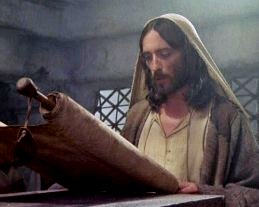 ‘The next day Jesus decided to go to Galilee. He found Phillip and said to him “Follow me.” Now Philip was from Bethsaida, the city of Andrew and Peter. Philip found Nathanael and said to him “We have found him about whom Moses in the law and also the prophets wrote, Jesus son of Joseph from Nazareth”. Nathanael said to him “Can anything good come of of Nazareth?” Philip said to him “Come and see”.’ John 1:43-46
‘The next day Jesus decided to go to Galilee. He found Phillip and said to him “Follow me.” Now Philip was from Bethsaida, the city of Andrew and Peter. Philip found Nathanael and said to him “We have found him about whom Moses in the law and also the prophets wrote, Jesus son of Joseph from Nazareth”. Nathanael said to him “Can anything good come of of Nazareth?” Philip said to him “Come and see”.’ John 1:43-46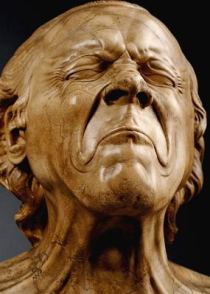 ‘In the synagog there was a man who had the spirit of an unclean demon, and he cried out with a loud voice “Let us alone! What have you to do with us, Jesus of Nazareth? Have you come to destroy us? I know who you are, the Holy One of God.’ Luke 4:33-34
‘In the synagog there was a man who had the spirit of an unclean demon, and he cried out with a loud voice “Let us alone! What have you to do with us, Jesus of Nazareth? Have you come to destroy us? I know who you are, the Holy One of God.’ Luke 4:33-34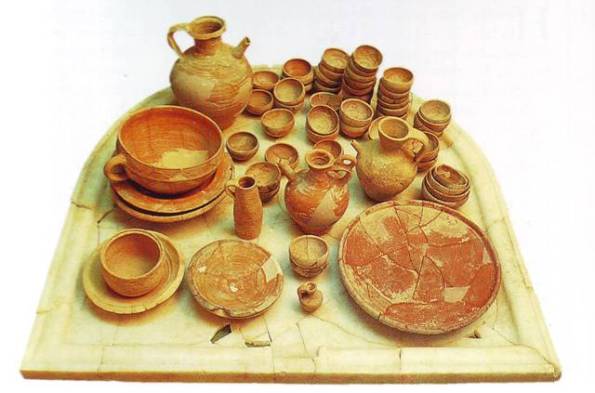
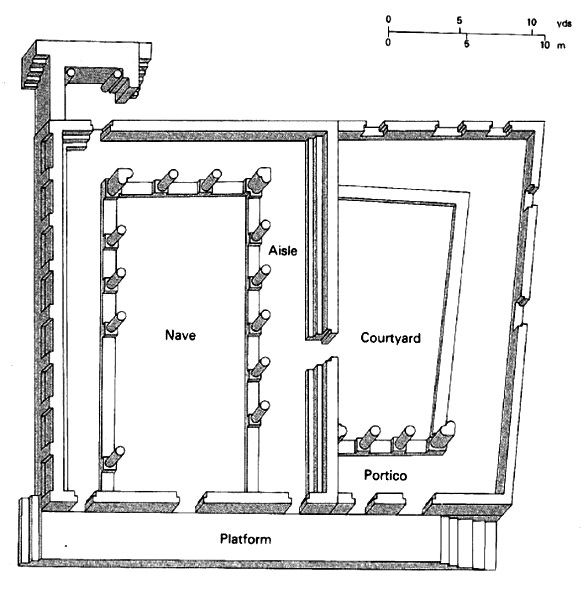
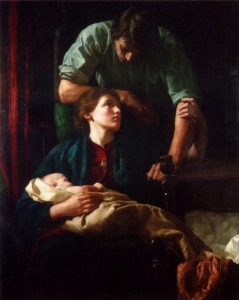 What happened next? See Shepherds and Angels
What happened next? See Shepherds and Angels Though a house might have been drab on the outside, inside it was cool, comfortable and pleasant. It was much larger inside than it seemed from outside. At right is the interior of a mud brick house at Ait Benhaddou in Morocco; it is similar to 1st century AD houses in Nazareth.
Though a house might have been drab on the outside, inside it was cool, comfortable and pleasant. It was much larger inside than it seemed from outside. At right is the interior of a mud brick house at Ait Benhaddou in Morocco; it is similar to 1st century AD houses in Nazareth. The foundations of a house were stones roughly squared and piled one upon another (see the photograph of the recent house excavation in Nazareth, further down page). These foundations gave some stability to the house, and it needed all the stability it could get. Earthquakes sometimes happened, and the walls of the house, being mud brick, required constant repair. Maintenance of the mud brick surface was a continuing task for the householder.
The foundations of a house were stones roughly squared and piled one upon another (see the photograph of the recent house excavation in Nazareth, further down page). These foundations gave some stability to the house, and it needed all the stability it could get. Earthquakes sometimes happened, and the walls of the house, being mud brick, required constant repair. Maintenance of the mud brick surface was a continuing task for the householder.
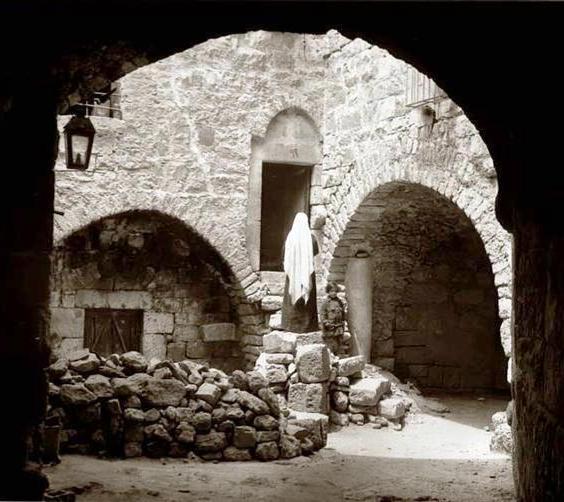
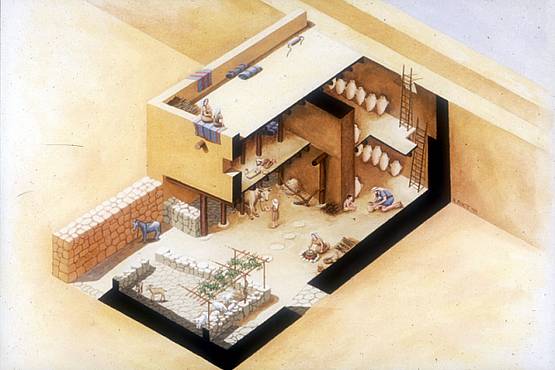
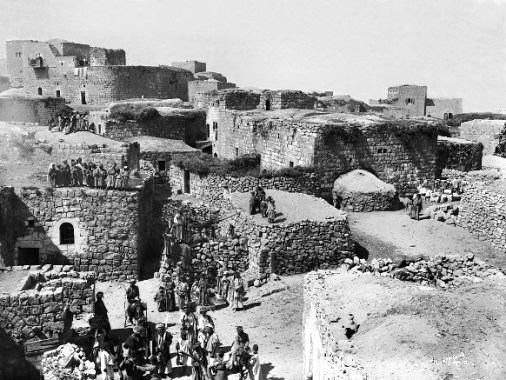
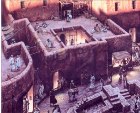

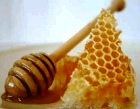
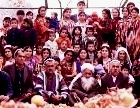
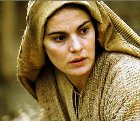
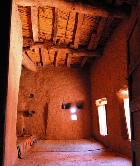

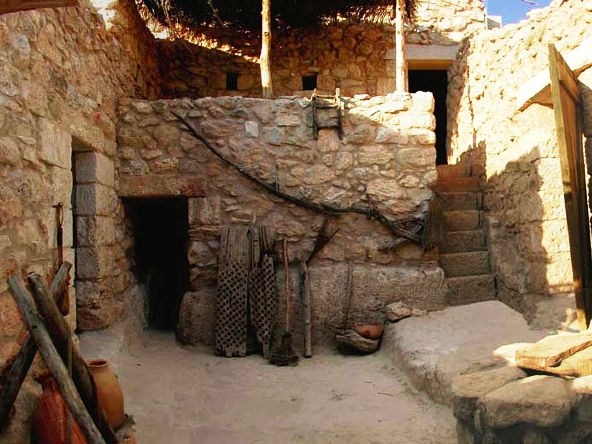
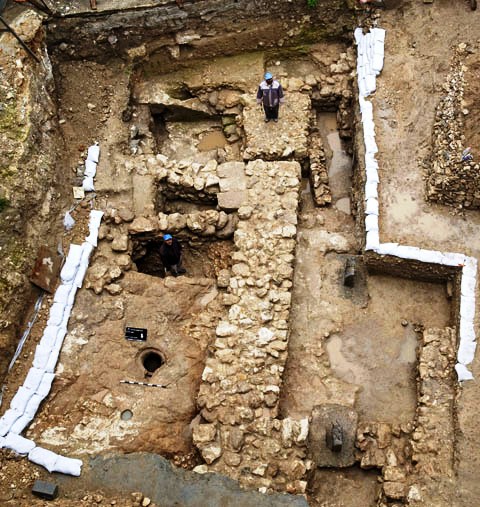
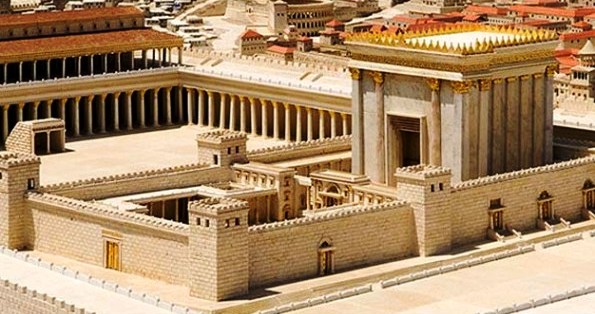
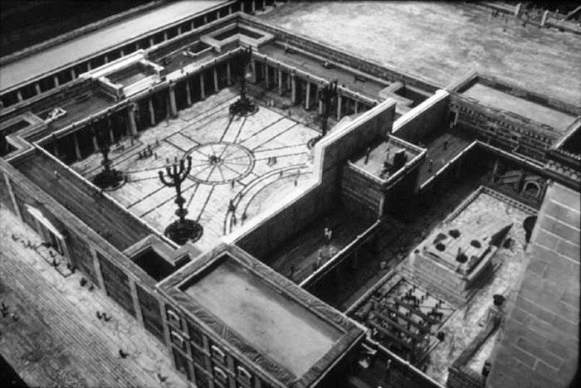
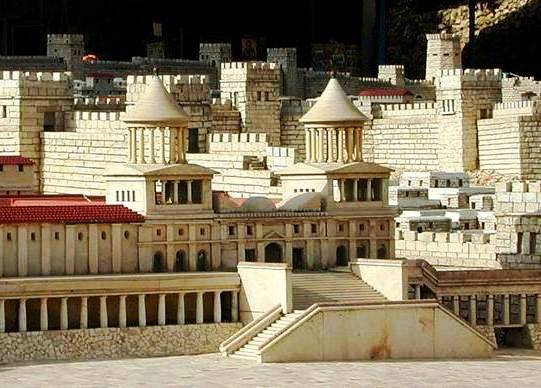
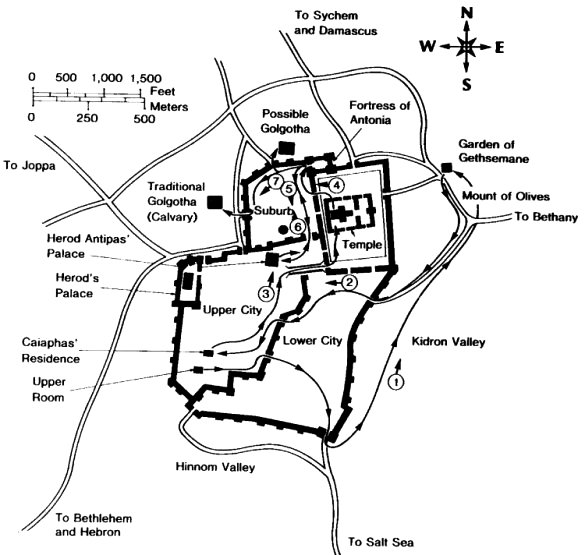
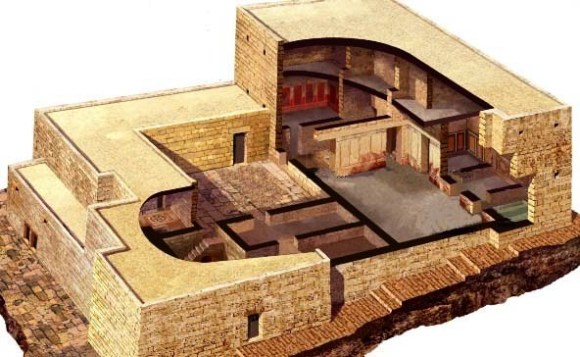
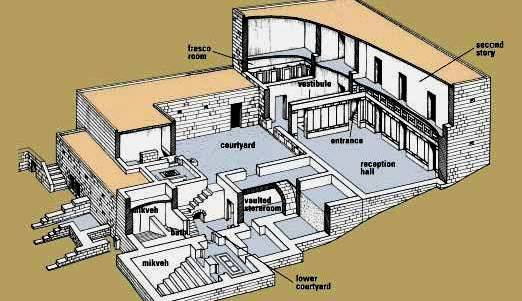
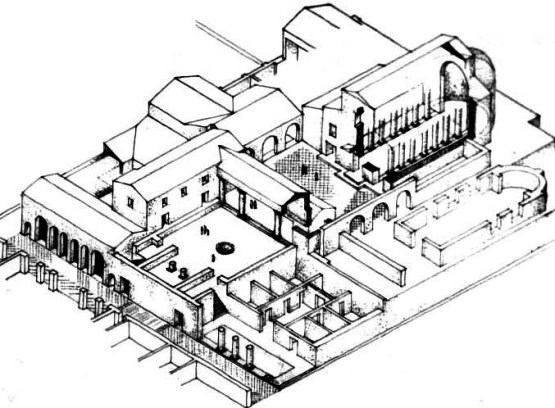
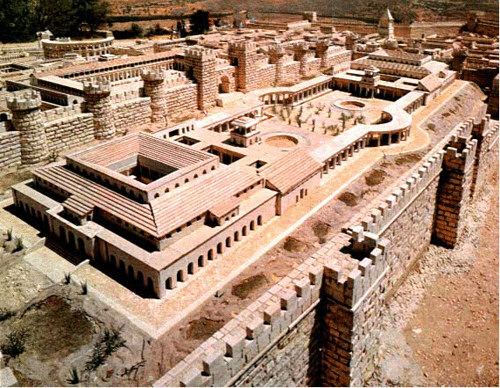
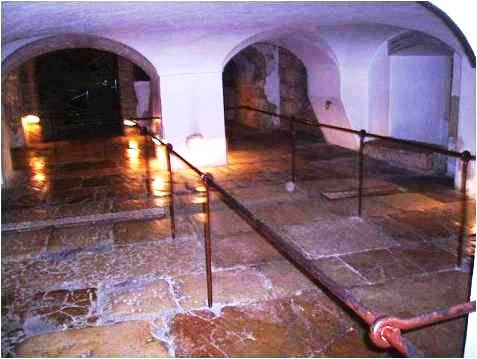
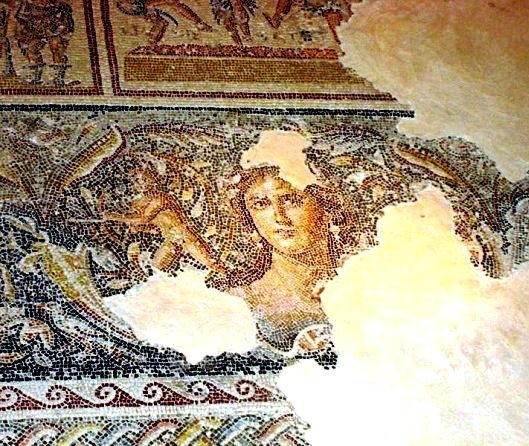
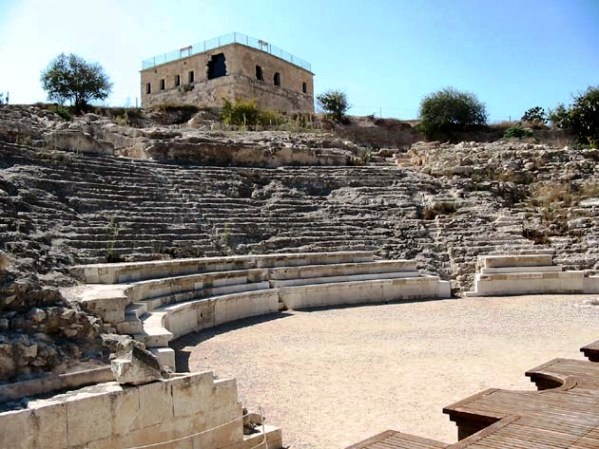
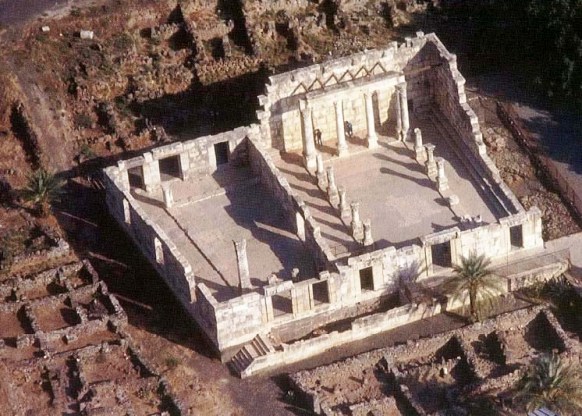
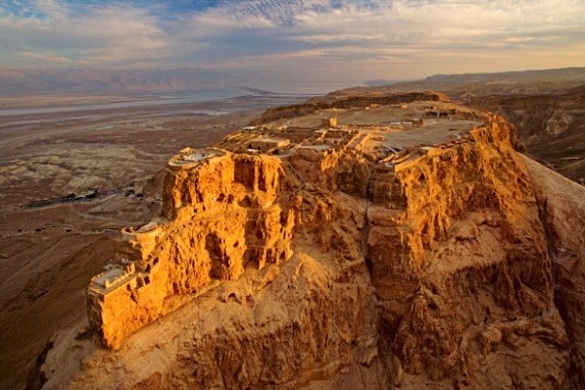
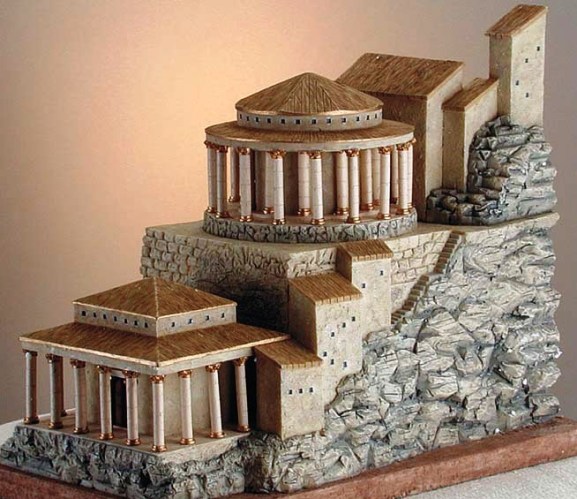
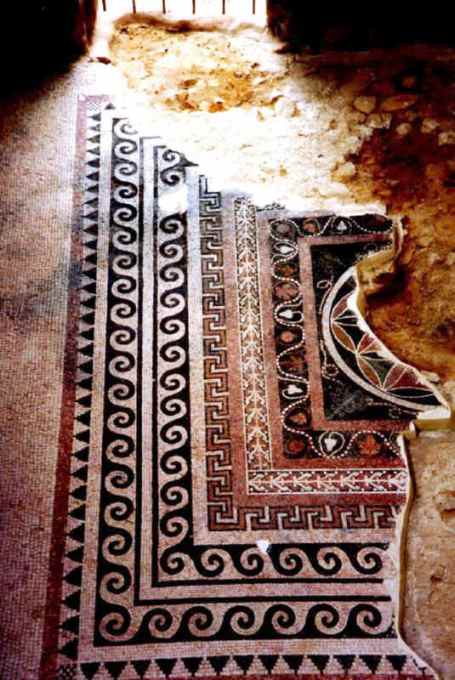
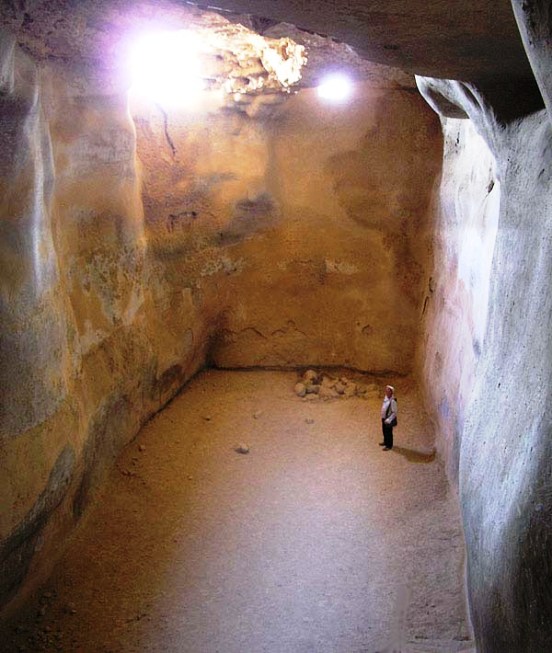
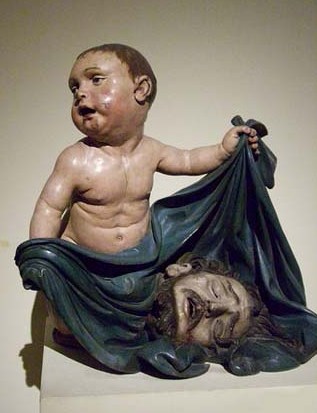 There is no way of knowing whether Jesus ever went to Machaerus, but it certainly had strong associations for him since, according to the Jewish historian Josephus, Machaerus was the place in which
There is no way of knowing whether Jesus ever went to Machaerus, but it certainly had strong associations for him since, according to the Jewish historian Josephus, Machaerus was the place in which 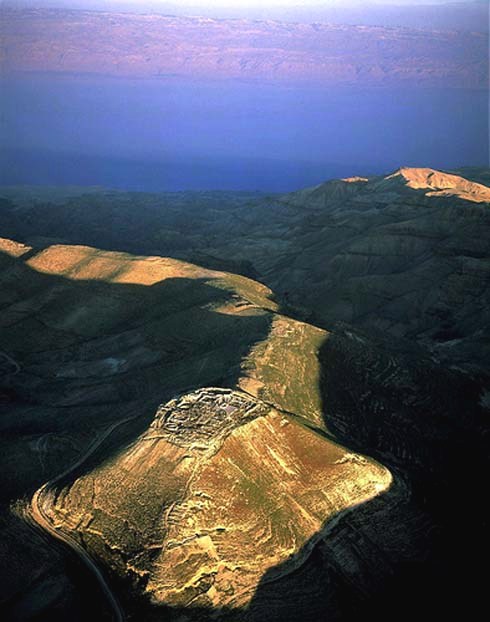
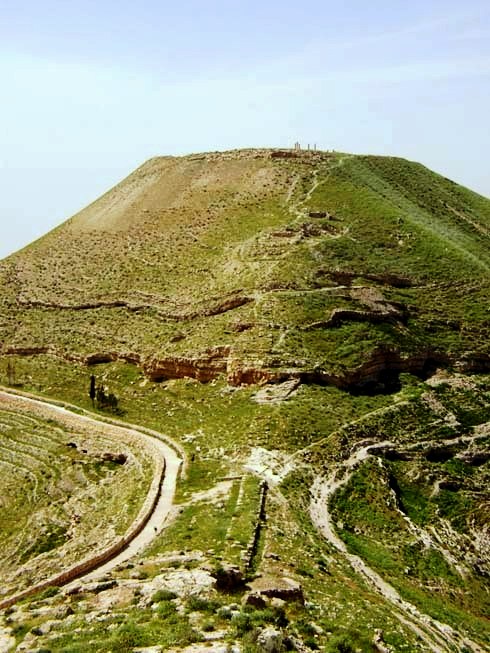

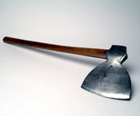
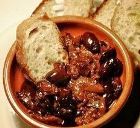
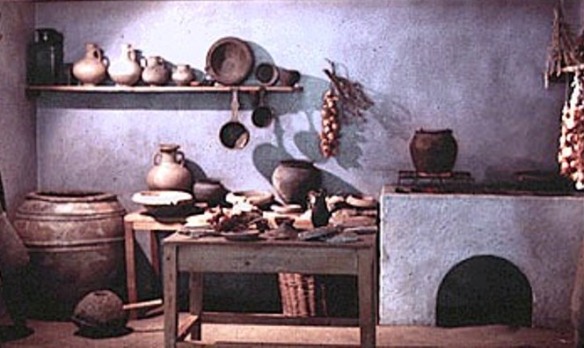
 In fact, there was not enough space in a villager’s house for a kitchen as large as the one shown above. This kitchen would have been found in one of the richer houses of the period – not in a simple village like Nazareth. The house of Mary and Joseph’s family would have had a simpler cooking area, perhaps a circle of stones with a fire at the center, or a small bread oven. It was in the main room of the house – along with the sleeping and eating areas.
In fact, there was not enough space in a villager’s house for a kitchen as large as the one shown above. This kitchen would have been found in one of the richer houses of the period – not in a simple village like Nazareth. The house of Mary and Joseph’s family would have had a simpler cooking area, perhaps a circle of stones with a fire at the center, or a small bread oven. It was in the main room of the house – along with the sleeping and eating areas. Meals were simple but wholesome. Bread, usually barley bread, was a feature of every meal, and women made it as often as needed. In summer, they probably baked several days’ supply at a time, to cut down on the discomfort caused by the heat of their oven.
Meals were simple but wholesome. Bread, usually barley bread, was a feature of every meal, and women made it as often as needed. In summer, they probably baked several days’ supply at a time, to cut down on the discomfort caused by the heat of their oven. The main meal was eaten in the evening. It might consist of a lentil stew seasoned with herbs like cumin, black cumin or coriander. It was served with cheese made from sheep or goats’ milk, olives, onions and bread. Fruits included fresh figs and melon, as well as dried pomegranates and dates – dried fruits were a staple item in the Middle East. Wine, water and curdled milk, similar to liquid yogurt, accompanied the meal.
The main meal was eaten in the evening. It might consist of a lentil stew seasoned with herbs like cumin, black cumin or coriander. It was served with cheese made from sheep or goats’ milk, olives, onions and bread. Fruits included fresh figs and melon, as well as dried pomegranates and dates – dried fruits were a staple item in the Middle East. Wine, water and curdled milk, similar to liquid yogurt, accompanied the meal.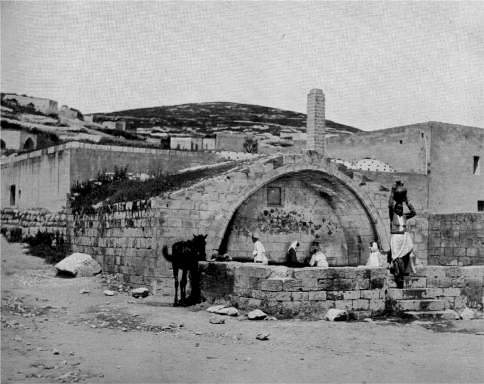
 Jewish women prepared all the family’s food. In doing so, they played an important part in maintaining the ‘Jewishness’ of the family.
Jewish women prepared all the family’s food. In doing so, they played an important part in maintaining the ‘Jewishness’ of the family.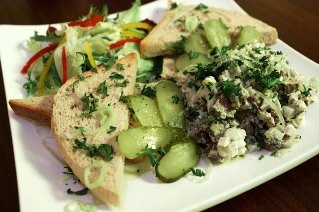 These were not arbitrary choices. Each of the forbidden foods had the potential to carry disease, or be dangerous in some way to anyone who ate it.
These were not arbitrary choices. Each of the forbidden foods had the potential to carry disease, or be dangerous in some way to anyone who ate it.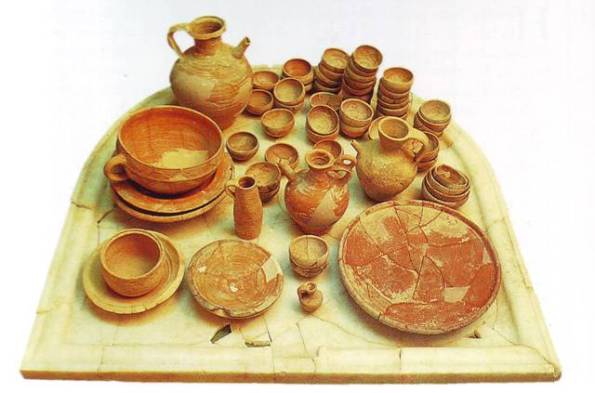
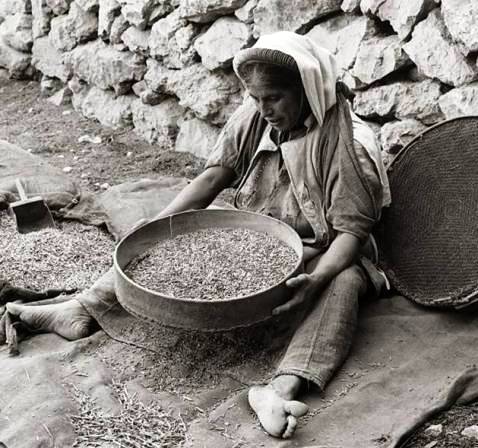
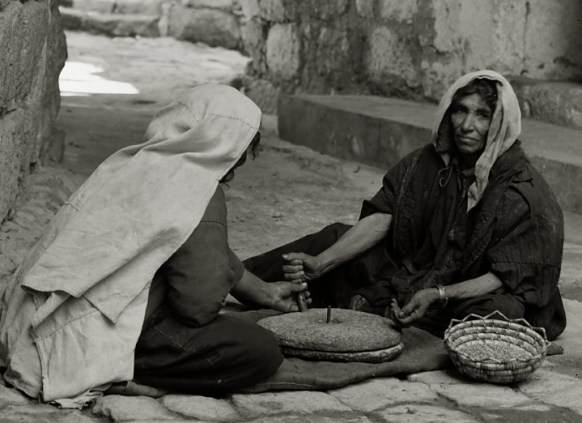
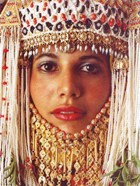
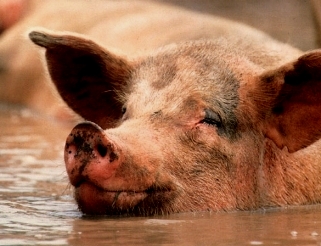
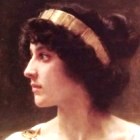

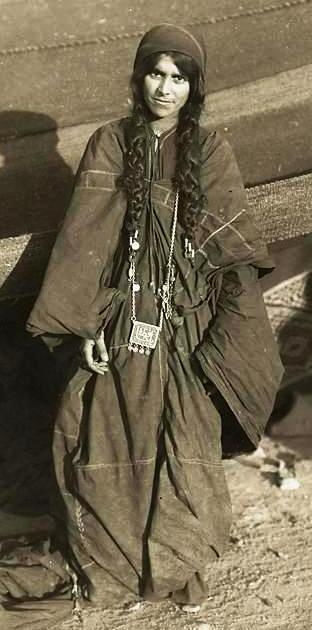
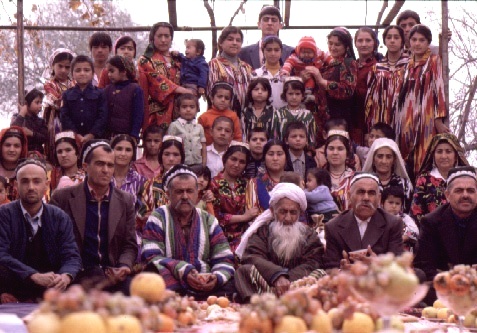 Joseph was a builder – not a carpenter, since there was little need for a carpenter in a small village, and wood was a luxury item. He probably had to travel to get jobs outside Nazareth, but there was plenty of work at the time, since Herod Antipas had recently redesigned and rebuilt the nearby town of Sepphoris.
Joseph was a builder – not a carpenter, since there was little need for a carpenter in a small village, and wood was a luxury item. He probably had to travel to get jobs outside Nazareth, but there was plenty of work at the time, since Herod Antipas had recently redesigned and rebuilt the nearby town of Sepphoris.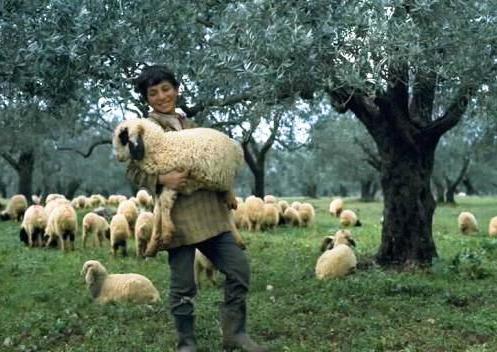
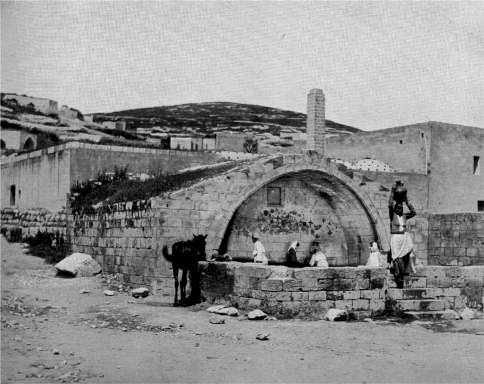
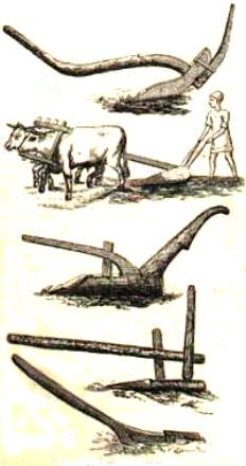 Almost everyone in Nazareth, men and women, were farmers. They had to be, since very little was imported from outside the village. It was heavy, continuous work, and Jesus was certainly familiar with it. He probably even worked in the fields as a boy, judging from Luke 8:5-8, the Parable of the Sower:Ancient ploughs and oxen
Almost everyone in Nazareth, men and women, were farmers. They had to be, since very little was imported from outside the village. It was heavy, continuous work, and Jesus was certainly familiar with it. He probably even worked in the fields as a boy, judging from Luke 8:5-8, the Parable of the Sower:Ancient ploughs and oxen